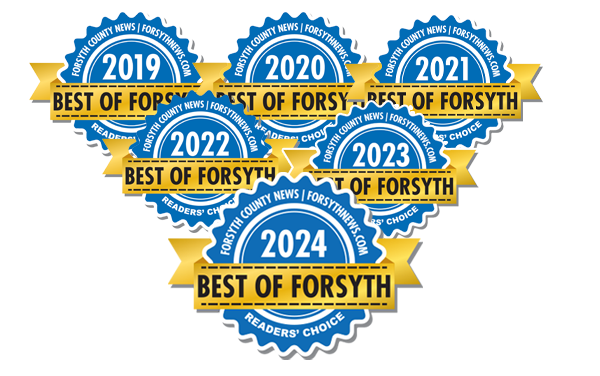Upper Endoscopy
Understanding Your Procedure
An esophagogastroduodenoscopy (EGD) is an examination of the esophagus, stomach, and first portion of the small intestine (duodenum), which is performed with a flexible instrument called an endoscope. An upper endoscopy is used to diagnose a number of conditions of the upper gastrointestinal (GI) tract, including acid reflux, Barrett’s esophagus, hiatal hernia, peptic ulcer gastritis, H. Pylori infection, esophageal varices, and upper GI bleeding. Your physician will be able to make treatment recommendations based on the endoscopy findings.
When You Arrive at the Endoscopy Center
You will be greeted by our nursing staff, who will review your medical history and then insert an IV. You will then have a chance to discuss any questions with your doctor before the procedure begins.
Prior to the procedure, you will be given sedative medication, which will be administered by an anesthetist. Once sedated, the endoscope will be used to examine the lining of the esophagus, stomach, and duodenum, and biopsies may be taken at the time of the procedure.
In Preparation for Your Upper Endoscopy
Nothing to eat or drink after midnight unless your doctor has given additional instructions.
The procedure generally lasts 10-15 minutes, and you will awaken in the recovery room. Your gastroenterologist will then review the endoscopic findings with you and may make new treatment recommendations. You are permitted to return to work and all normal activities the following day.
The upper GI tract must be empty before an upper endoscopy. Generally, no eating or drinking is allowed for four to eight hours before the procedure. Smoking and chewing gum are also prohibited during this time.
You should tell your doctor about all health conditions you have, especially heart and lung problems, diabetes, and allergies, as well as all medications you are taking.
You may be asked to temporarily stop taking medications that affect blood clotting or those that interact with sedatives, which are often given during an upper endoscopy.
Your Health and Safety Are Our Priority
There is a rare (1 in 5,000) risk of perforation (puncture) of the lining of the esophagus, stomach, or duodenum, which may require surgery to repair. Other rare complications include bleeding, pneumonia, and cardiac complications related to anesthesia.
You will have time to review the procedure’s risks and benefits with your physician both at your initial office visit and immediately before the endoscopy. If biopsies were obtained, your physician will provide you with your follow up instructions post-procedurally.



